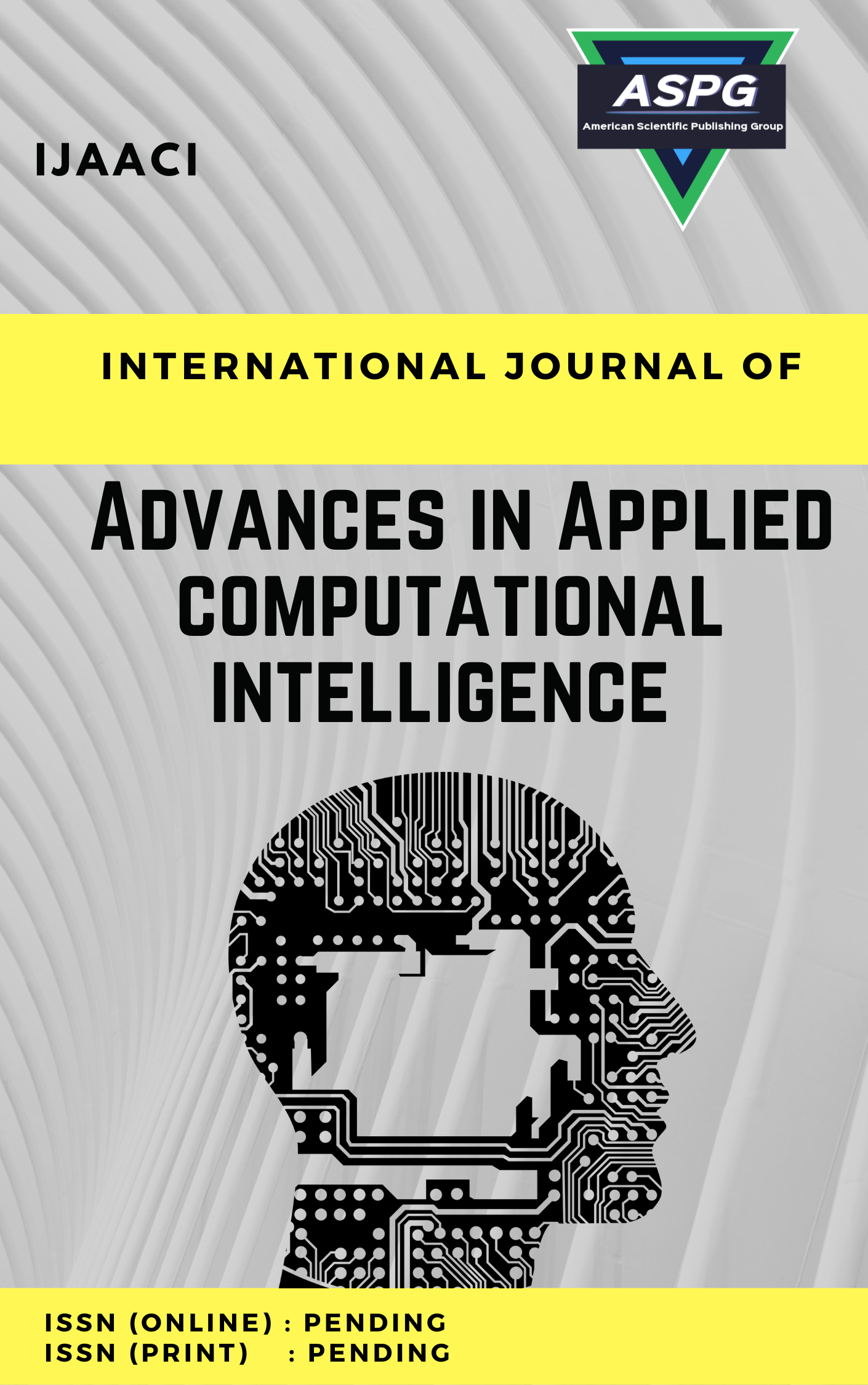

Volume 2 , Issue 1 , PP: 29-35, 2022 | Cite this article as | XML | Html | PDF | Full Length Article
Waleed Abd Elkhalik 1 *
Doi: https://doi.org/10.54216/IJAACI.020104
In the era of information overload and the widespread dissemination of news through various online platforms, the identification and mitigation of fake news have become imperative. This paper presents a comprehensive investigation into the application of Transformer Networks for accurate fake news classification. Transformers, known for their ability to model long-range dependencies and capture contextual information effectively, have demonstrated outstanding performance in natural language processing tasks. Leveraging this strength, we propose a simple but effective approach that employs Transformer-based architectures to discern fake news from genuine information with high precision. In our approach, we explore various techniques, such as attention mechanisms, positional encoding, and self-attention layers, to capture important contextual relationships and optimize the classification process. Through extensive experimentation, we demonstrate the effectiveness of our approach in accurately identifying and classifying fake news articles. Our proposed model achieves state-of-the-art performance on a public benchmark dataset, surpassing existing approaches.
Applied Machine Learning , Computation intelligence , Transformer Networks , Fake News detection.
[1]. Liu, Y., & Wu, Y. F. (2018, April). Early detection of fake news on social media through propagation path classification with recurrent and convolutional networks. In Proceedings of the AAAI conference on artificial intelligence (Vol. 32, No. 1).
[2]. Bozarth, L., & Budak, C. (2020, May). Toward a better performance evaluation framework for fake news classification. In Proceedings of the international AAAI conference on web and social media (Vol. 14, pp. 60-71).
[3]. Ghosh, S., & Shah, C. (2018). Towards automatic fake news classification. Proceedings of the Association for Information Science and Technology, 55(1), 805-807.
[4]. Abdullah, A., Awan, M., Shehzad, M., & Ashraf, M. (2020). Fake news classification bimodal using convolutional neural network and long short-term memory. Int. J. Emerg. Technol. Learn, 11, 209-212.
[5]. Ksieniewicz, P., Choraś, M., Kozik, R., & Woźniak, M. (2019). Machine learning methods for fake news classification. In Intelligent Data Engineering and Automated Learning–IDEAL 2019: 20th International Conference, Manchester, UK, November 14–16, 2019, Proceedings, Part II 20 (pp. 332-339). Springer International Publishing.
[6]. Vaibhav, V., Annasamy, R. M., & Hovy, E. (2019). Do sentence interactions matter? leveraging sentence level representations for fake news classification. arXiv preprint arXiv:1910.12203.
[7]. Jeronimo, C. L. M., Marinho, L. B., Campelo, C. E., Veloso, A., & da Costa Melo, A. S. (2019, December). Fake news classification based on subjective language. In Proceedings of the 21st International Conference on Information Integration and Web-based Applications & Services (pp. 15-24).
[8]. Lillie, A. E., & Middelboe, E. R. (2019). Fake news detection using stance classification: A survey. arXiv preprint arXiv:1907.00181.
[9]. Shu, K., Sliva, A., Wang, S., Tang, J., & Liu, H. (2017). Fake news detection on social media: A data mining perspective. ACM SIGKDD explorations newsletter, 19(1), 22-36.
[10]. Kareem, I., & Awan, S. M. (2019, November). Pakistani media fake news classification using machine learning classifiers. In 2019 International Conference on Innovative Computing (ICIC) (pp. 1-6). IEEE.
[11]. Roy, A., Basak, K., Ekbal, A., & Bhattacharyya, P. (2018). A deep ensemble framework for fake news detection and classification. arXiv preprint arXiv:1811.04670.
[12]. Helmstetter, S., & Paulheim, H. (2018, August). Weakly supervised learning for fake news detection on Twitter. In 2018 IEEE/ACM International Conference on Advances in Social Networks Analysis and Mining (ASONAM) (pp. 274-277). IEEE.
[13]. Jadhav, S. S., & Thepade, S. D. (2019). Fake news identification and classification using DSSM and improved recurrent neural network classifier. Applied Artificial Intelligence, 33(12), 1058-1068.
[14]. Hiramath, C. K., & Deshpande, G. C. (2019, July). Fake news detection using deep learning techniques. In 2019 1st International Conference on Advances in Information Technology (ICAIT) (pp. 411-415). IEEE.
[15]. Liu, S., Liu, S., & Ren, L. (2019, February). Trust or suspect? an empirical ensemble framework for fake news classification. In Proceedings of the 12th ACM International Conference on Web Search and Data Mining, Melbourne, Australia (pp. 11-15).
[16]. Castelo, S., Almeida, T., Elghafari, A., Santos, A., Pham, K., Nakamura, E., & Freire, J. (2019, May). A topic-agnostic approach for identifying fake news pages. In Companion proceedings of the 2019 World Wide Web conference (pp. 975-980).
[17]. Paixão, M., Lima, R., & Espinasse, B. (2020, December). Fake news classification and topic modeling in Brazilian Portuguese. In 2020 IEEE/WIC/ACM International Joint Conference on Web Intelligence and Intelligent Agent Technology (WI-IAT) (pp. 427-432). IEEE.
[18]. Vaswani, Ashish, Noam Shazeer, Niki Parmar, Jakob Uszkoreit, Llion Jones, Aidan N. Gomez, Łukasz Kaiser, and Illia Polosukhin. "Attention is all you need." Advances in neural information processing systems 30 (2017).
[19]. Vaswani, A., Shazeer, N., Parmar, N., Uszkoreit, J., Jones, L., Gomez, A. N., ... & Polosukhin, I. (2017). Attention is all you need. Advances in neural information processing systems, 30.